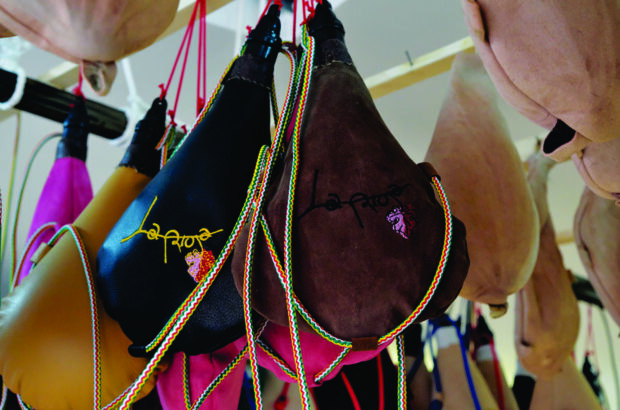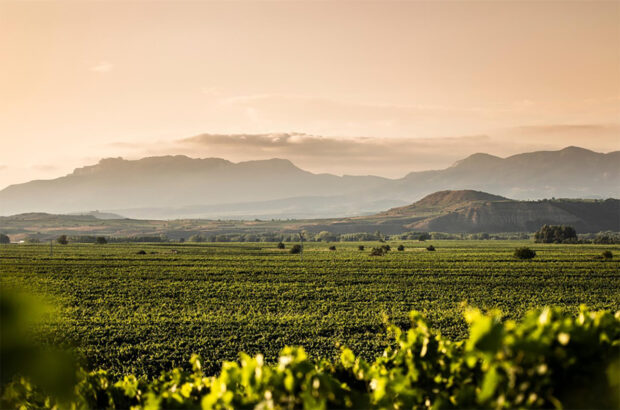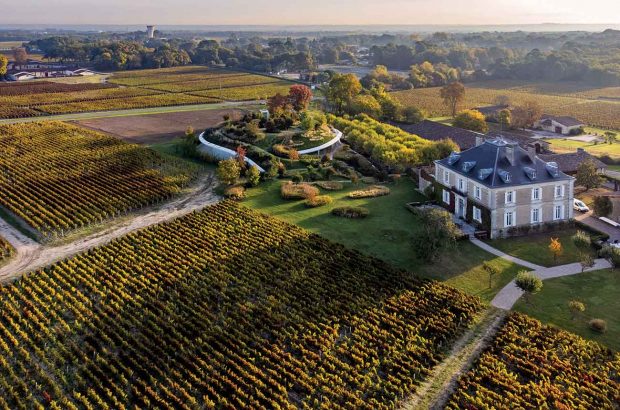Do growers make wine – or do markets? Growers, of course. Yet markets define the scope of the grower’s creative efforts by what they reward or sanction. When markets are neglectful and unresponsive, there’s little the grower can do but conform. It’s a problem the world over. Here’s an example.
The river Moselle/Mosel rises to the wet west of the Vosges mountains, then curves in a long green arc heading north through Epinal, Metz and (along the left bank) Luxembourg’s Grand Duchy, turning east at Wasserbillig into Germany. It’s squeezed between the Eifel and the Hunsrück regions into the Rhine at Koblenz, after a series of extravagant meanders where, as Ausonius wrote 1,650 years ago, ‘The gifts of Bacchus hold our gaze like a procession’ and the slopes ‘Rise tall with vines as in a natural theatre’ (translation by David Parsons at parsonsd.co.uk/moselle.php).
Ausonius travelled west with the imperial household from Bingen to Bernkastel, then went rapturously upriver with the eight-year-old future emperor Gratian as far as Trier (Augusta Treverorum). But, like modern wine writers and merchants, no further. Such a shame.
Moselle Luxembourgeoise, the 42km stretch of the river’s left bank between French debut and German finale, has great single-vineyard sites on steeply sloping south-, southeast- and east-facing vineyards of limestone, sands, gypsum and marl. Its best wines are styled (you might have guessed) somewhere between German acid-etched precision and Alsatian wealth of flavour, with a little (Austrian) Wachau-like sumptuousness thrown in on occasion. It can make convincingly nutty Chardonnay; here’s the place to come to discover the tenderly dry Auxerrois that Alsace insists on disguising as Pinot Blanc. Its crémant sparkling wines have finesse. Why don’t we know about any of this? The market.
In Belgian supermarkets, Luxembourg Elbling sells for €4 a bottle: from slopes like these, that’s insane. But many growers are hobbyists, sending grapes to one of the six cooperatives that account for 61% of the Duchy’s wine; they’re not doing it to survive. The city of Luxembourg is stiff with private bankers catering to ultra-high-net-worth individuals: wouldn’t these folks relish fine local wines? It seems not. Most city restaurants are French-owned, staffed by Portuguese and Italians, and the wine lists ripple with Europe’s acclaimed classics. Sales along the river generally target locals who often buy direct and don’t want to pay more than €12 a bottle for a softish quaffer with 9-10g/L of residual sugar. Matters haven’t been helped by a tradition of colossal yields, in the past exceeding 100hl/ha, and by the risible ‘Grand Premier Cru’ designation, available for any AP wine from a variety other than Elbling and Rivaner, providing its yield doesn’t totter over 75hl/ha and it doesn’t taste faulty.
As I discovered in exploring eight wineries with an old university friend back in October, though, there are growers and domains who are making determined efforts to live up to the promise of their hillsides. Max Duhr of Madame Aly Duhr in Ahn limits yields to 50hl/ha, and produces entrancingly graceful Rieslings from great sites like Nussbaum in Ahn and Koeppchen in Wormeldange. These sell locally at below €20: amazing value. His aged Monsalvat Auxerrois-Chardonnay 2005 was a revelation.
The team André Klein has got together at Domaine Alice Hartmann in Wormeldange is also producing magnificent Riesling from the Palmberg and Koeppchen, as well as the Felsberg in Wintrange and the Fels in Grevenmacher; the Hartmann crémant is bracing and tonic – and beautifully packaged. Sunnen-Hoffmann in Schengen produces an assured organic range, while near-neighbour Henri Ruppert pursues the Pinot family with passion; there’s more value from Schumacher-Knepper (Wintrange), Domaine Claude Bentz and the larger Desom (both at Remich).
When will the market wake, and these efforts be rewarded? I don’t know. Slopes ‘tall with vines’, as here, should be on every wine lover’s radar. As yet, sadly, they aren’t.
In my glass this month
There are only 1,200 bottles of Domaine Alice Hartmann, Au Coeur de la Koeppchen, Wormeldange Koeppchen 2019, and it isn’t made every year, either. But if you were looking for a single bottle to illustrate the finesse, the stony purity, the harmony and the grace of a fine Riesling from the Moselle Luxembourgeoise, this concentrated, quietly articulate wine would be it. The appreciative Ausonius, Bordelais to his boots as he was, would have loved it.












